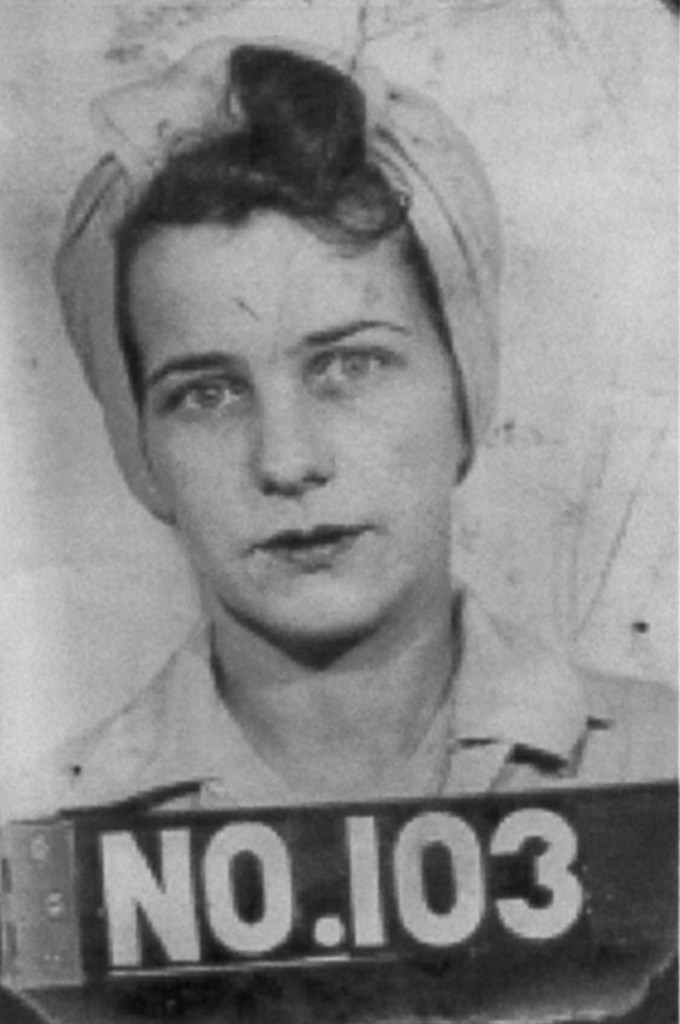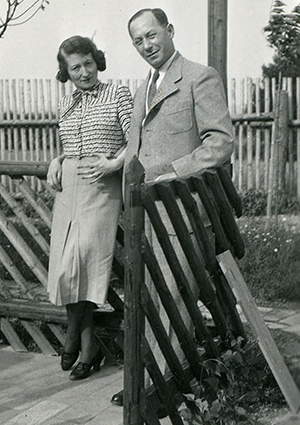While fashionable may not be the first word that pops into someone’s mind to describe me, I have always harbored an interest in fashion. It may have sprung from having older sisters who indulgently dressed me up in their prom formals and poodle skirts. I loved donning their crinoline petticoats and felt like a little princess when they topped me off with a piece of their finery. For an adoring 6-year old, nothing was better than having them fuss over me in all their 1950s glamour. For many years they were my muses. I wanted to be just like them and even took a few modeling classes and participated in a fashion show.

It has been many years since this photo was taken and I have danced through many fashion stages. Seventies’ hippie, wannabe yuppie, a much too long dowdy mom stage, and then office chic. And now while I am trying to find my retirement style, we find ourselves in the middle of the COVID 19 pandemic. When a trip to the grocery store can put lives in danger, does fashion still matter? This hideous disease is not only hurting our health, but our economy. In Italy, so hard hit by COVID 19, the fashion industry is the second largest contributor to their national economy and I wonder about the long term effects. COVID 19 is slowing almost everything down, including the production of consumer goods. Could this put an end to fast fashion and usher in a return to small-batch beautiful goods, produced and sold by local skilled artisans?
World events have often effected fashion. World War II certainly did. In Julie Summers’s book, Fashion on the Ration: how World War 2 finally let women wear trousers, she illustrates how women’s style changed forever in the 1940s in Britain and beyond. Women were taking up positions and performing services that had previously only been awarded to men. I particularly liked the story about a grandmother’s response to her first air-raid:
“I had lunch today with an old friend I hadn’t seen for a year. She was telling me about the reaction of her grandmother, who is over 80, to her first air-raid. It was a pretty hot one, and the family, huddled together in their shelter, were distinctly anxious about the old lady. As soon as it was over, someone rushed for the brandy, but Granny waved it away and, turning to one of her daughters, said with an air of great determination, ‘Dorothy, I must tell you that I am not going through this again without trousers.'”
World War II changed how my own mother dressed. Before the war, my sister says mom usually wore the ubiquitous midwestern cotton housedress, always with an apron. During the war she worked at U. S. Slicing Machine Company which like many U.S. plants converted temporarily to help make military parts. The women wrapped their hair in colorful bandanas to prevent it getting caught in the machines.

This, along with her coveralls, was also her uniform at the Kingsbury Ordinance Plant where she helped make bombs. The photo below, courtesy of LaPorte County Historical Society, shows some of the female employees who helped the war effort at Kingsbury.

A few years back I came across an article that stuck with me, Stitching History From the Holocaust. A man in Milwaukee was cleaning out his mother’s basement and discovered an old box with an envelope inside. The envelope was sealed with red wax, stamped with a swastika and marked “Inspected by the German Reich.” What he ultimately discovered is the true story of a Prague couple in the 1930s and the unsuccessful efforts to save them from the Nazis. Paul Strnad was a bank clerk in Prague and his wife, Hedwig, was a dress designer. Inside the box was a letter written by Paul to his American cousin, Alvin Strnad, and some of Hedwig’s, known as Hedy, dress designs. The Strnads hoped Hedwig’s designs would be their ticket to safety in the United States. Their efforts and those of their cousin in Milwaukee were sadly unsuccessful and they were transported to the Warsaw Ghetto. Tragically, they either starved to death or were sent to a killing camp.

When Burton Strnad, the son of the now deceased Alvin, found the box, he donated the letter and Hedy’s designs to the Milwaukee Jewish Archives. When the Jewish Museum of Milwaukee opened in 2008, it displayed the letter and dress designs as its centerpiece. A visitor to the museum suggested making dresses from Hedy’s eight existing designs. And they did. The dresses were created with painstaking attention to historical details, taking no short cuts. If you have a few minutes to read the article, you won’t regret it.
When Mr. Smith’s parents married in 1947 his mother, Pat, made her own wedding gown. Working with a very small budget, she answered a for sale ad in the newspaper and purchased a surplus parachute. Constructed of white nylon, it was large enough to supply fabric for her entire dress and was hers for less than $20. The result was certainly as lovely as anything she could have purchased in a store. And Pat being Pat, she used the leftover material to make a christening gown and bonnet worn by all eight of her children. At one point, her wedding dress was on display in the museum at the Chemical Heritage Foundation in Philadelphia, Pennsylvania.

Fashion is as much a part of our history as war. It morphs and changes as we struggle, grow and meet challenges. It is inspiring, transformative and often just fun. And sometimes it might make a little girl feel beautiful.
C’est la vie.

LOVE this entry. historical, lyrical, informative, melancholy, timely and très fashionable. LOVE the photo of grandma in her bandana. thank you! xo
LikeLike